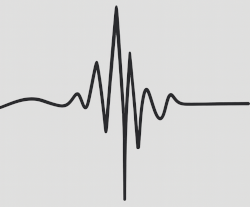847 CE Damascus Quake





Several sources describe an earthquake in Damascus which,
according to the Damascus native and
scion
Ibn ʿAsākir struck at
dawn on 24 November 847 CE (11 Rabiʿ II
A.H. 233). All known accounts were written more than
three centuries after the event but generally agree on the main
details.
Ibn ʿAsākir’s version
can probably be considered reliable. He was renowned for his encyclopedic
work
Taʾrīkh Dimashq (History of Damascus) and likely had
access to archival sources documenting the city’s history. That said,
Ibn ʿAsākir wrote about this earthquake in the apparently lost text
Kitāb al-Zalāzil (Book of Earthquakes) which was accessed and quoted
by
as-Suyūṭī.
Ibn ʿAsākir wrote that
many bridges and houses collapsed in Damascus and appears to
indicate that the
Great Umayyad Mosque was
damaged, stating that a quarter of the mosque
was torn open, its great stone blocks were thrown down, and
the minaret collapsed
. He also noted that many people fled to
the
musallāh and
prayed there until noon when “everything calmed down.”
Writing later, Damascene
Ibn al-ʿImād explicitly
stated that the
Great Umayyad Mosque of
Damascus was damaged, writing that
a quarter of its minaret fell down
and that many terraces
collapsed. He added that houses were destroyed, huge stones were
displaced
, windows in the souks were shattered, and many
people died beneath the rubble. He also noted that the earthquake
lasted three hours.
al-Dhahabī likewise
stated that the earthquake lasted three hours, perhaps reflecting
the interval between the main shock and its final strong aftershock.
He added that survivors ran to the mosques, many people died in
the ruins, and walls collapsed throughout the city.

